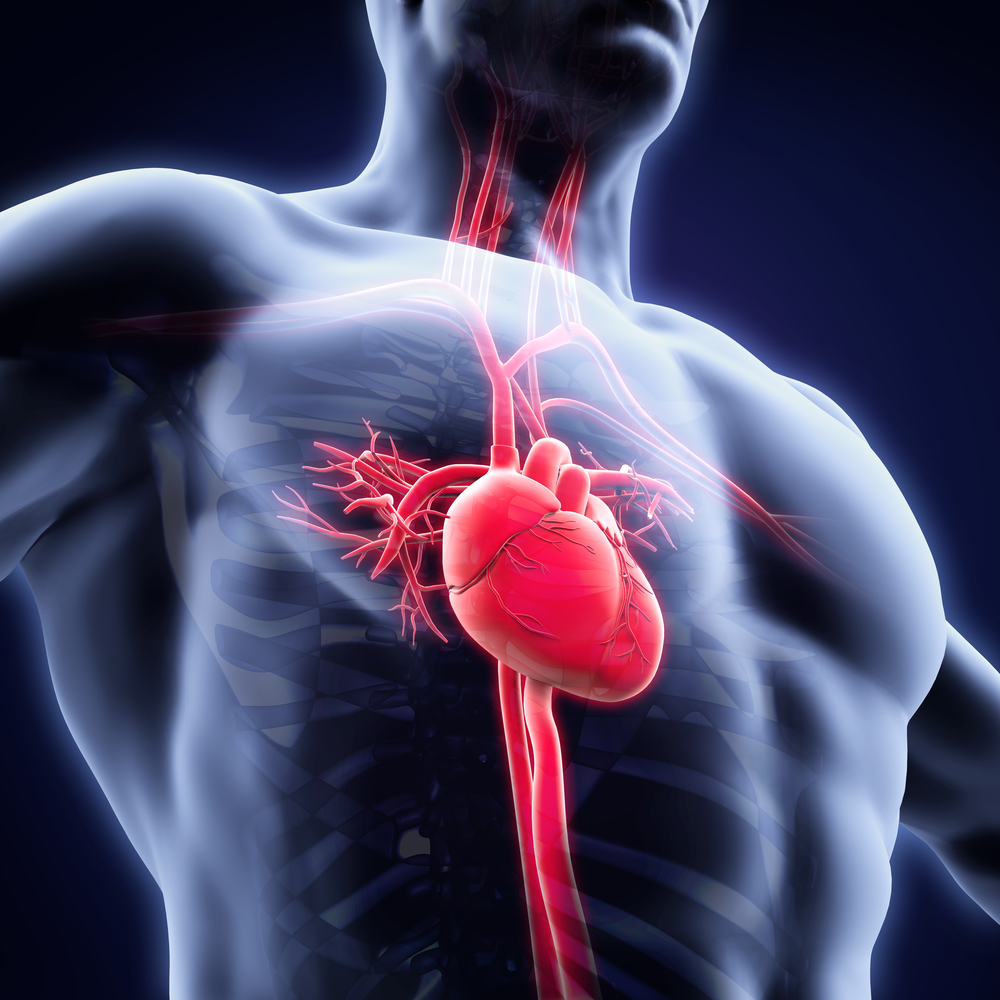Cardiac Sarcoidosis May Be Diagnosed by Analyzing Select Immune Cells in Heart Tissue

Cardiac sarcoidosis might be accurately diagnosed by measuring the ratio of immune cells, specifically macrophages and dendritic cells, in tissue samples from patients, researchers reported.
The study, “Myocardial Immunocompetent Cells and Macrophage Phenotypes as Histopathological Surrogates for Diagnosis of Cardiac Sarcoidosis in Japanese,” was published in the Journal of the American Heart Association.
Cardiac sarcoidosis, a condition characterized by the development of sarcoid granulomas in the heart muscle, is associated with worse clinical outcomes. A timely and accurate diagnosis is, for this reason, important to ensuring proper treatment. But a diagnosis is difficult both because few widely accepted, international guidelines exist, and because of the low sensitivity of the method now used to validate a diagnosis — endomyocardial biopsy, which detects the presence of granulomas in the heart’s muscle, the myocardium. Myocardial biopsy is done through a catheter that is threaded into the heart (cardiac catheterization) to remove a small piece of heart muscle for examination.
Dendritic cells and macrophages are cells of the immune system, important in granuloma formation.
Researchers hypothesized that dendritic cells and macrophages might be associated with the development of granulomas in the myocardium. If so, team members reasoned, these cells could probably be used as markers for diagnosing cardiac sarcoidosis.
The team investigated the presence of these cells in nongranuloma samples (free from granulomas) taken by endomyocardial biopsy. They analyzed the numbers of dendritic cells and macrophages in 95 consecutive cardiac sarcoidosis patients (some diagnosed by a finding of myocardial granulomas; and others, in whom granulomas were not found, diagnosed using other criteria). As controls they used 50 patients with nonischemic cardiomyopathy, a condition marked by problems in the heart’s muscle but not in its arteries (blood vessels). All patients underwent endomyocardial biopsy.
Cardiac sarcoidosis patients without myocardial granulomas were diagnosed by either of two guideline criteria (the Japanese Ministry of Health Welfare 2007 criteria or the Heart Rhythm Society 2014 criteria).
Researchers observed that both dendritic cells (CD209+) and certain macrophages (classified as CD68+ macrophages) were more often observed in cardiac sarcoidosis patients with and without myocardial granulomas. Other classes of macrophages (namely CD163+) were less frequently found in nongranuloma samples from patients when compared to controls.
Importantly, researchers discovered that if they applied a ratio of both types of detected macrophages (CD163+/CD68+) together with the number of dendritic cells (CD209+) found in these patient samples, they obtained a formula to diagnose with high specificity cardiac sarcoidosis. Specifically, a decrease in the CD163+/CD68+ ratio accompanied by an increased number of CD209+ dendritic cells.
Overall, the results suggest that an increase in the number of dendritic cells and decrease in macrophages in nongranuloma sections of the myocardium support with high specificity a cardiac sarcoidosis diagnosis, and this formula represents a potential way of improving early detection of the disorder.



